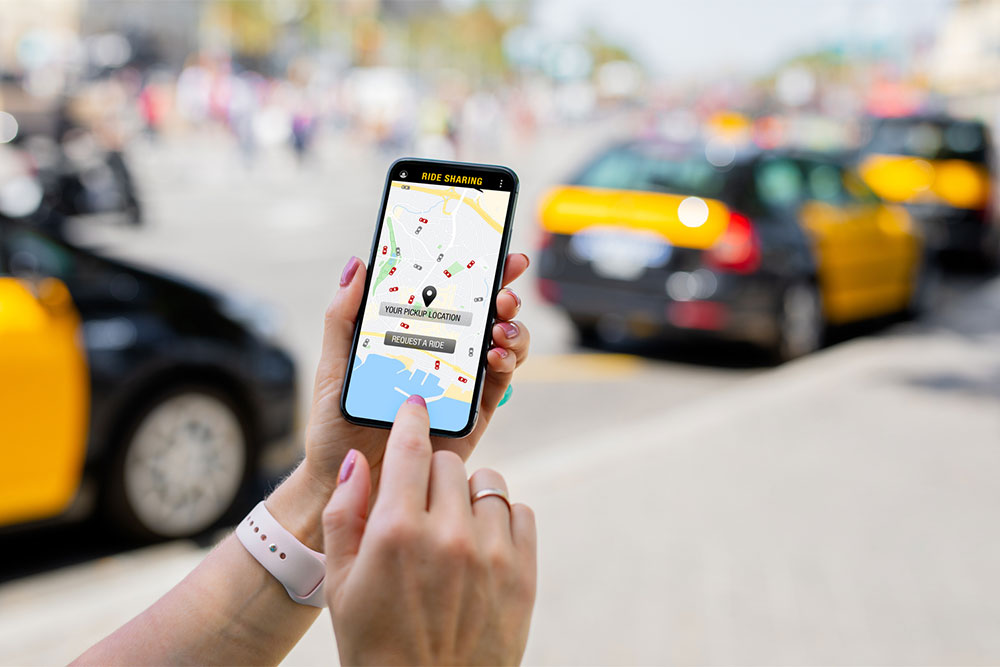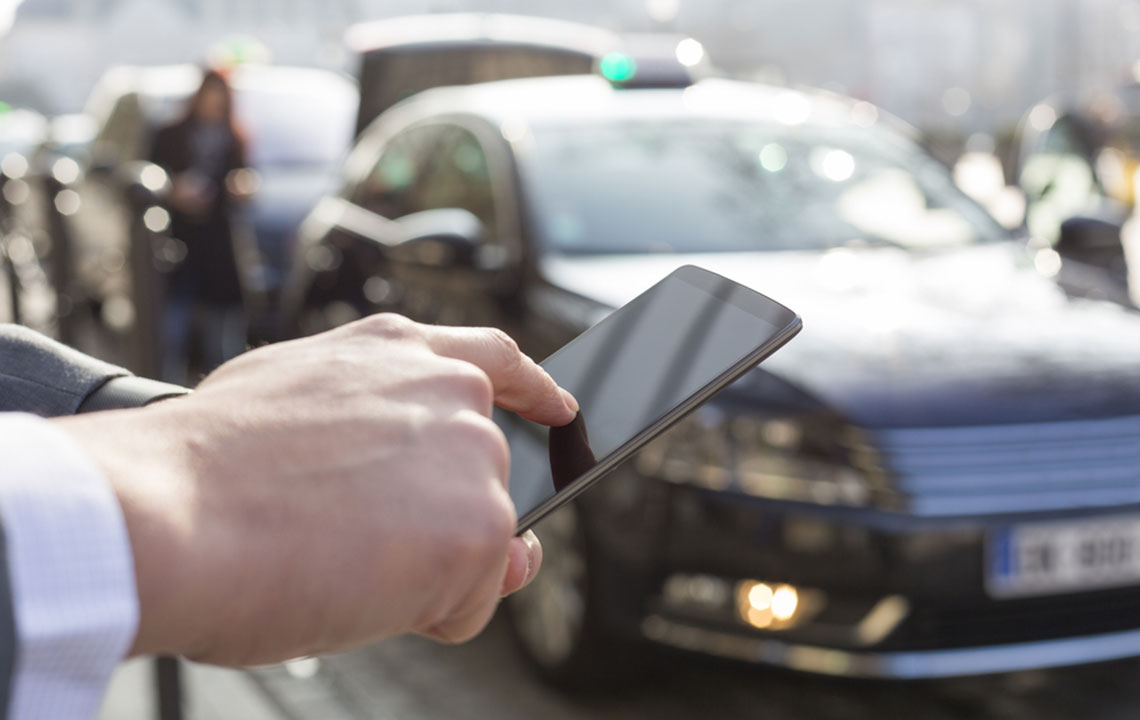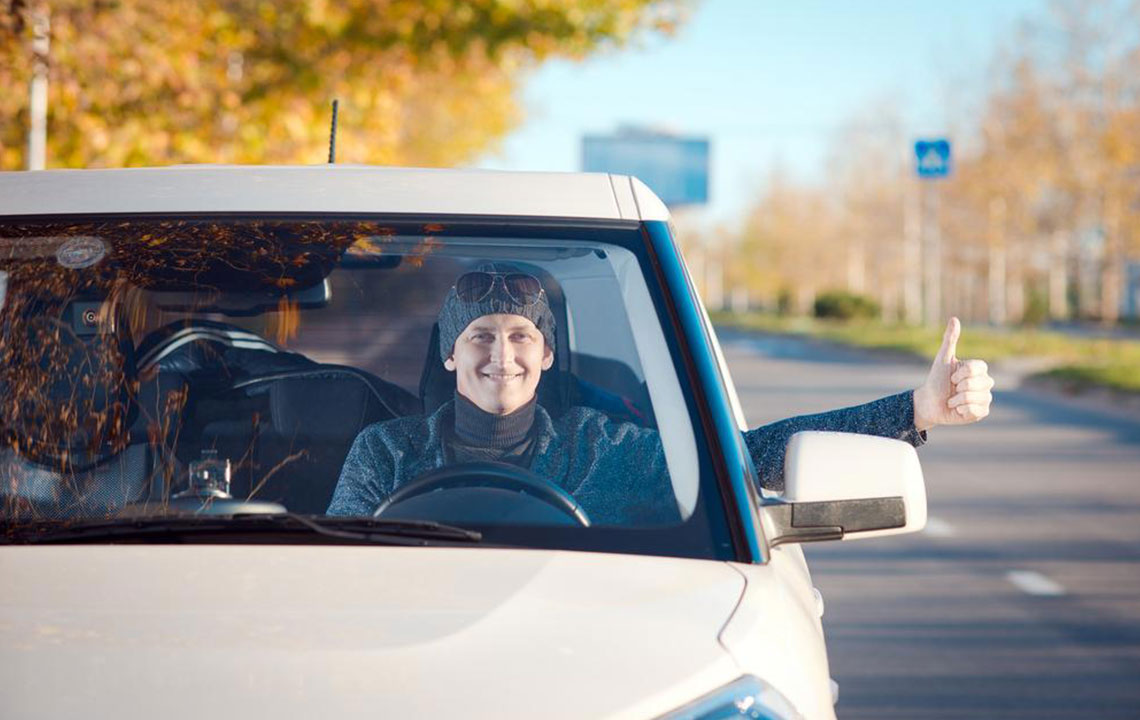How Uber Fare Estimation Works and Key Pricing Factors
This article explains how Uber fares are estimated, highlighting key cost factors like distance, time, surges, and additional fees. It helps riders understand pricing components and estimate expenses before booking, ensuring transparent trip planning. Learn about fare calculation elements such as pickup fees, tolls, surge pricing, and regional taxes. Using Uber's fare estimator within the app allows accurate cost predictions based on real-time conditions, assisting users in making informed transportation choices for every outing.

How Uber Fare Estimation Works and Key Pricing Factors
Uber, a popular ride-hailing platform, connects travelers with drivers using its mobile application. The fare mainly depends on ride duration and travel distance, with Uber earning a 20% commission. Understanding Uber’s pricing system helps users predict costs in advance, streamlining trip planning.
Main factors influencing Uber's fare
The total fare varies with location, time, distance, and ride details such as stops or route alterations.
Additional elements like surge pricing during peak hours or special events can raise costs. Pricing for different vehicle selections, such as UberXL or UberX, depends on size and capacity. Pre-scheduled rides do not incur extra charges.
Factors Affecting Uber Ride Costs
Uber calculates fares based on several components:
1. Pickup fee
Covers the driver’s journey to reach the pick-up spot, ranging from $1 to $10 depending on distance.
2. Service fee
The fee paid by drivers to Uber for platform access, excluding tips, tolls, and taxes.
3. Airport fee
Extra charges for pickups or drop-offs at airports.
4. Waiting fee
Charges per minute when drivers wait for passengers at the pickup spot.
5. Price surge
Higher rates during high-demand times or special events, multiplying the standard fare.
6. Tolls and extra charges
Fees for crossing toll points or checkpoints, especially across city boundaries.
7. Cancellation fee
Applied if trips are canceled after a certain period, often around $10 for long waits.
8. Regional taxes
Government-mandated fees, such as regional levies or fund fees.
9. Sales tax
Local or state sales taxes added as a percentage of the fare.
10. Cleaning fee
Charged if the vehicle needs cleaning due to spills or damage.
11. Predetermined fare
An estimated fare based on trip length and duration, paid upfront.
Once confirmed, fares are fixed; changing the destination or adding stops may increase total charges. If an upfront fare isn’t used, minimum fare rates based on time and distance apply.
Estimating Uber Costs
To estimate your fare, use the Uber app: enter your pickup and drop-off points to view an estimated price. This estimate updates with traffic and timing, and surge pricing will be indicated, helping you decide whether to wait or proceed.
Planning trips becomes easier with fare estimators, especially for long or scheduled trips, allowing comparison of Uber prices with alternatives like car rentals or public transit.
Cost per mile
Typically, per-mile charges range from $1 to $2, affected by the route, vehicle type, and timing. During busy hours or in high-demand zones, fares may rise or align with traditional taxis. Uber was historically up to 40% cheaper than taxis, but prices can surge during peak periods.
Note:
This guide offers a general overview of Uber fare calculation methods based on current information. Actual costs can vary with real-time traffic, location, and demand conditions. Always consult the app for precise estimates prior to booking, especially during surge periods or route changes.


